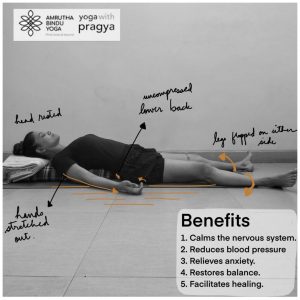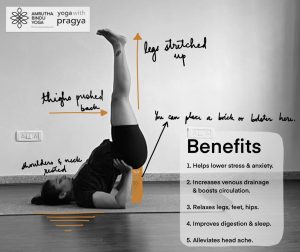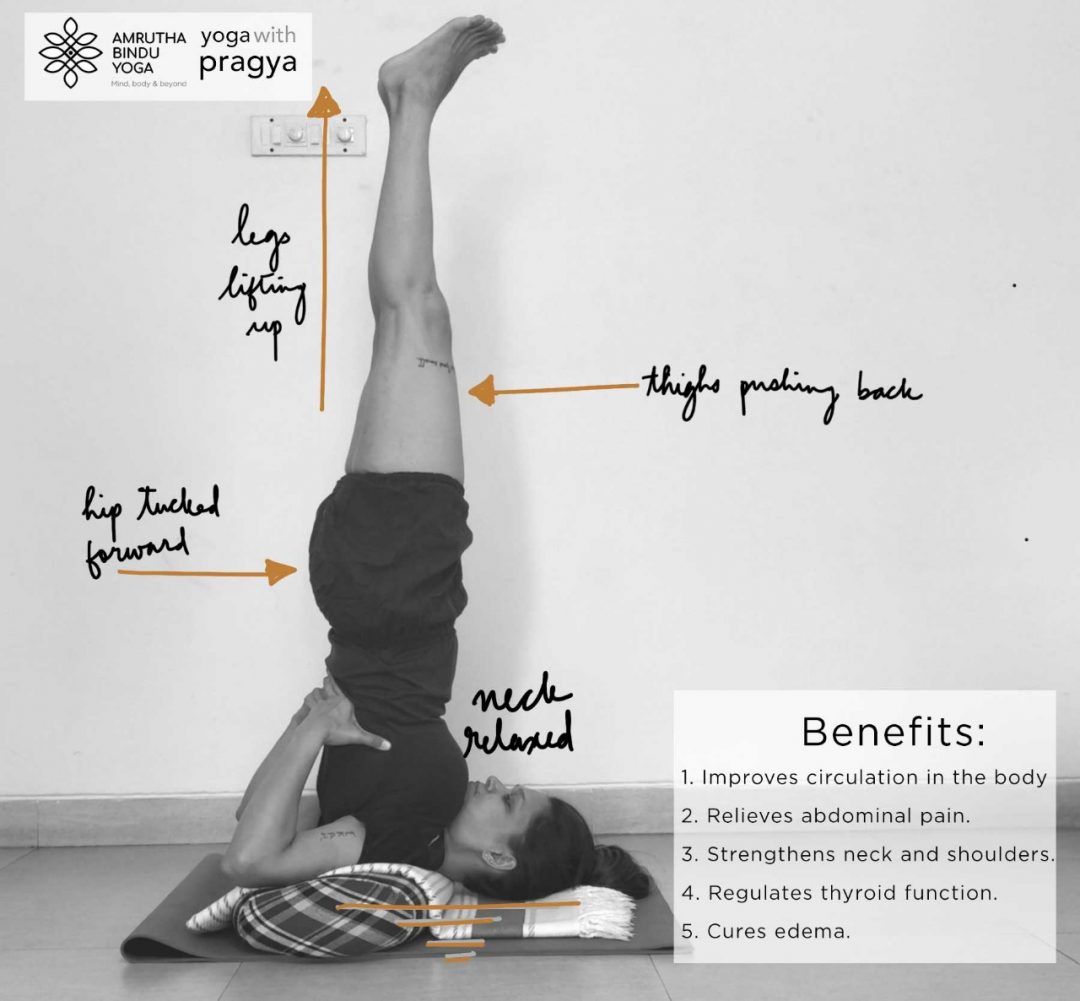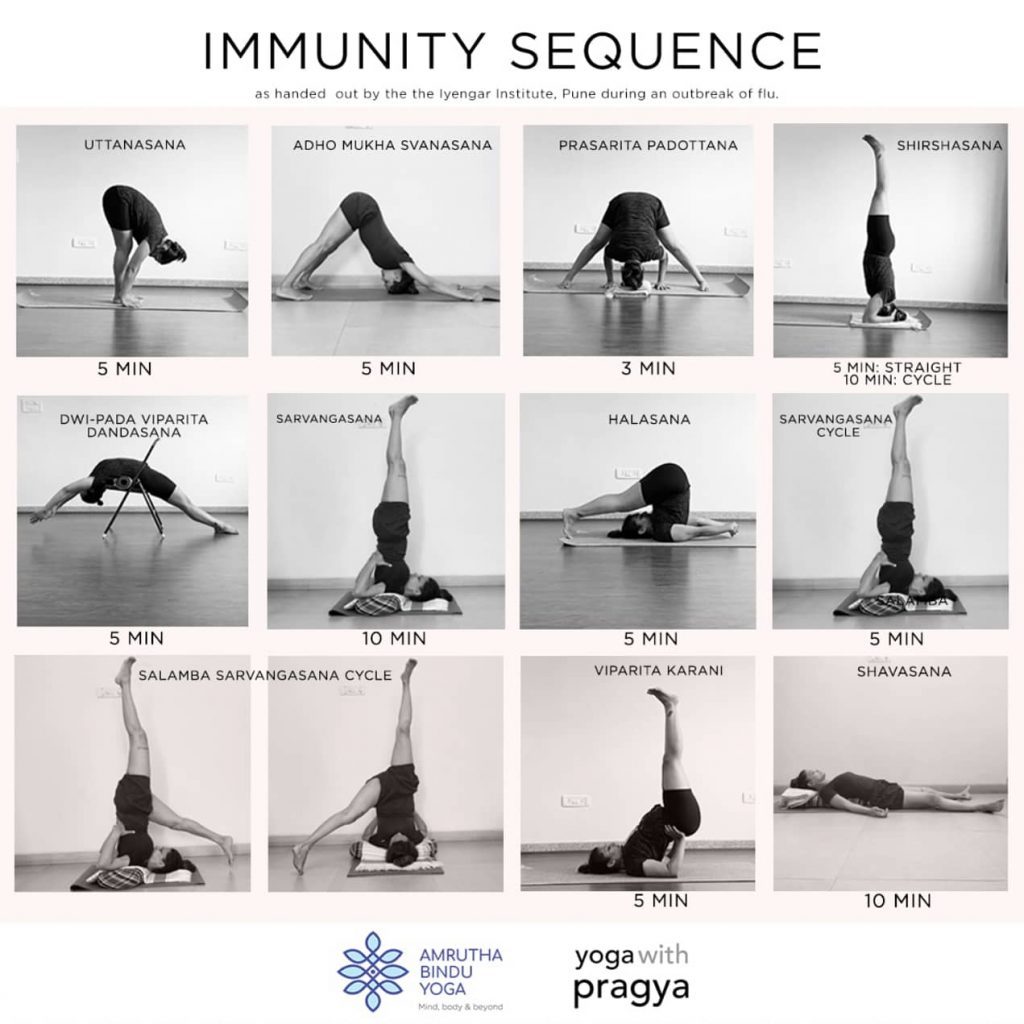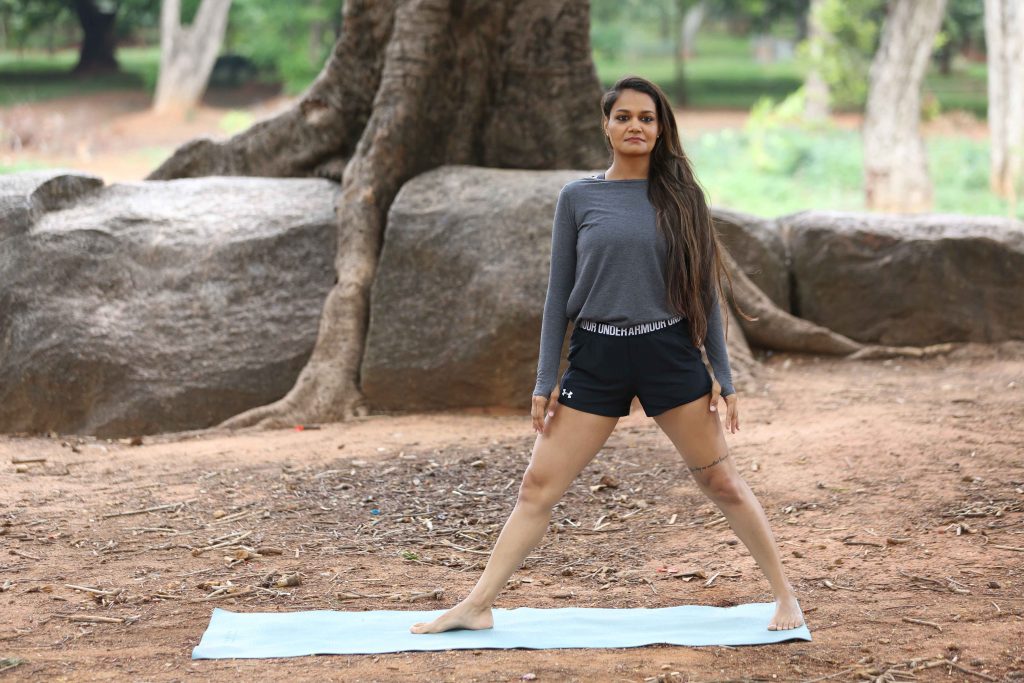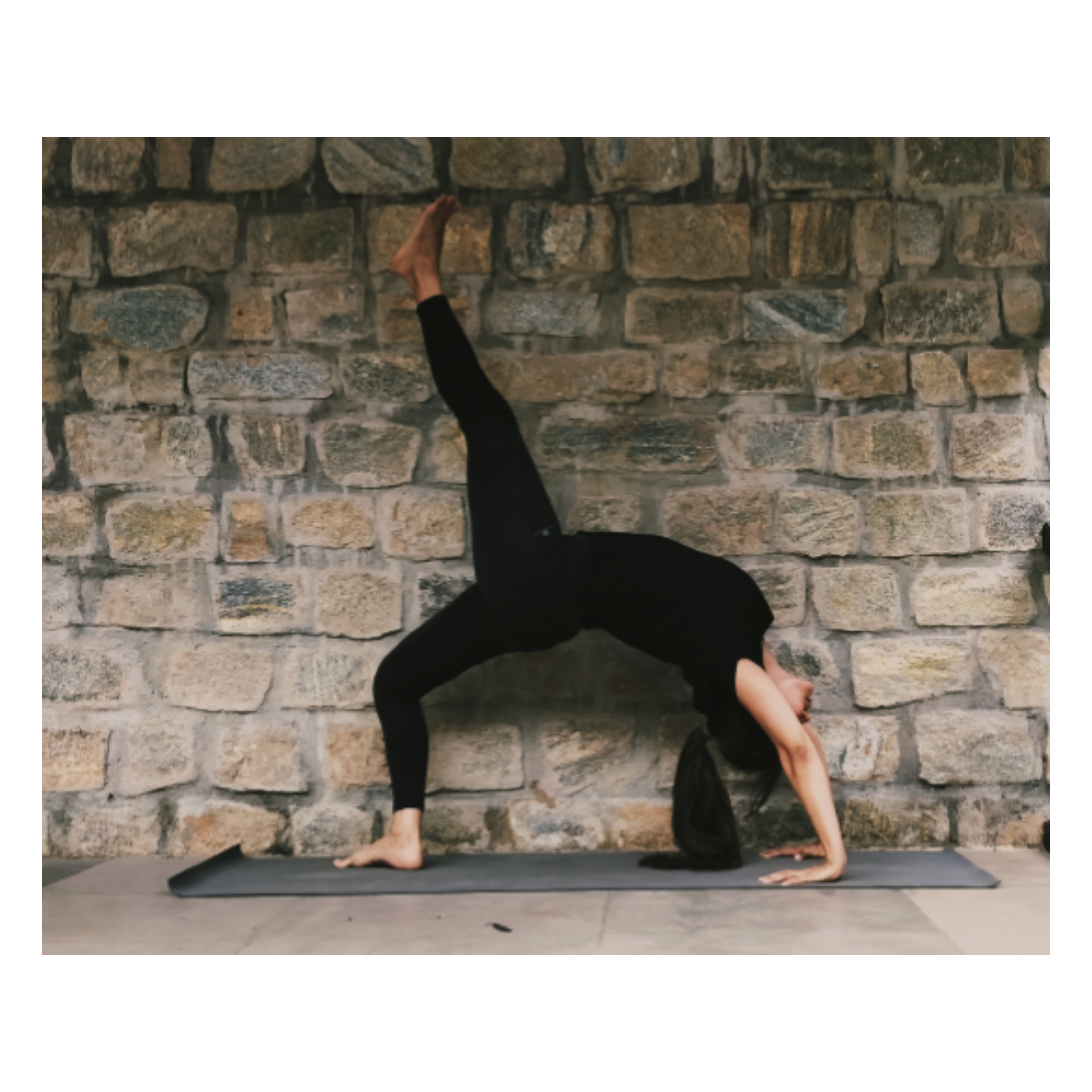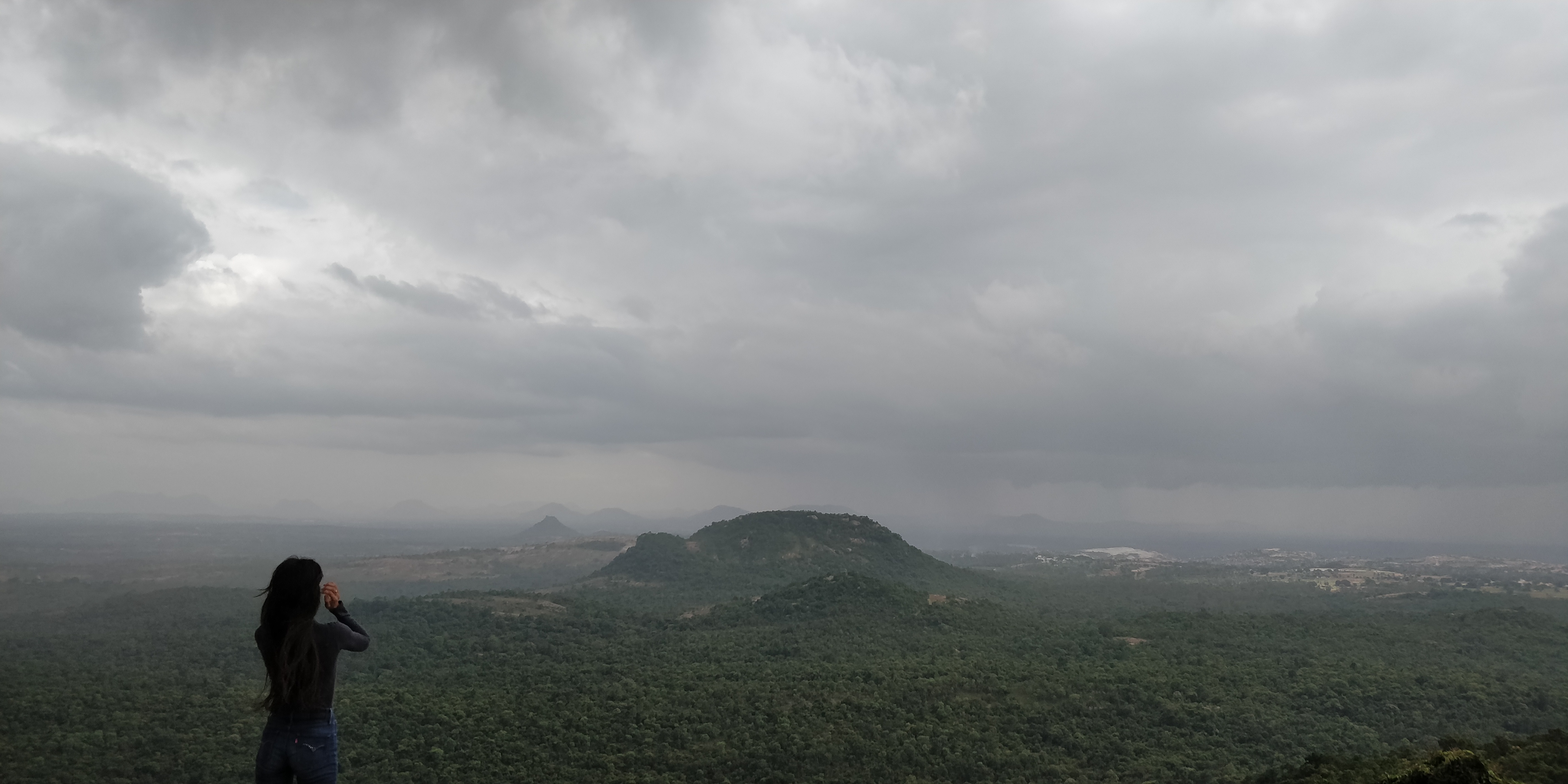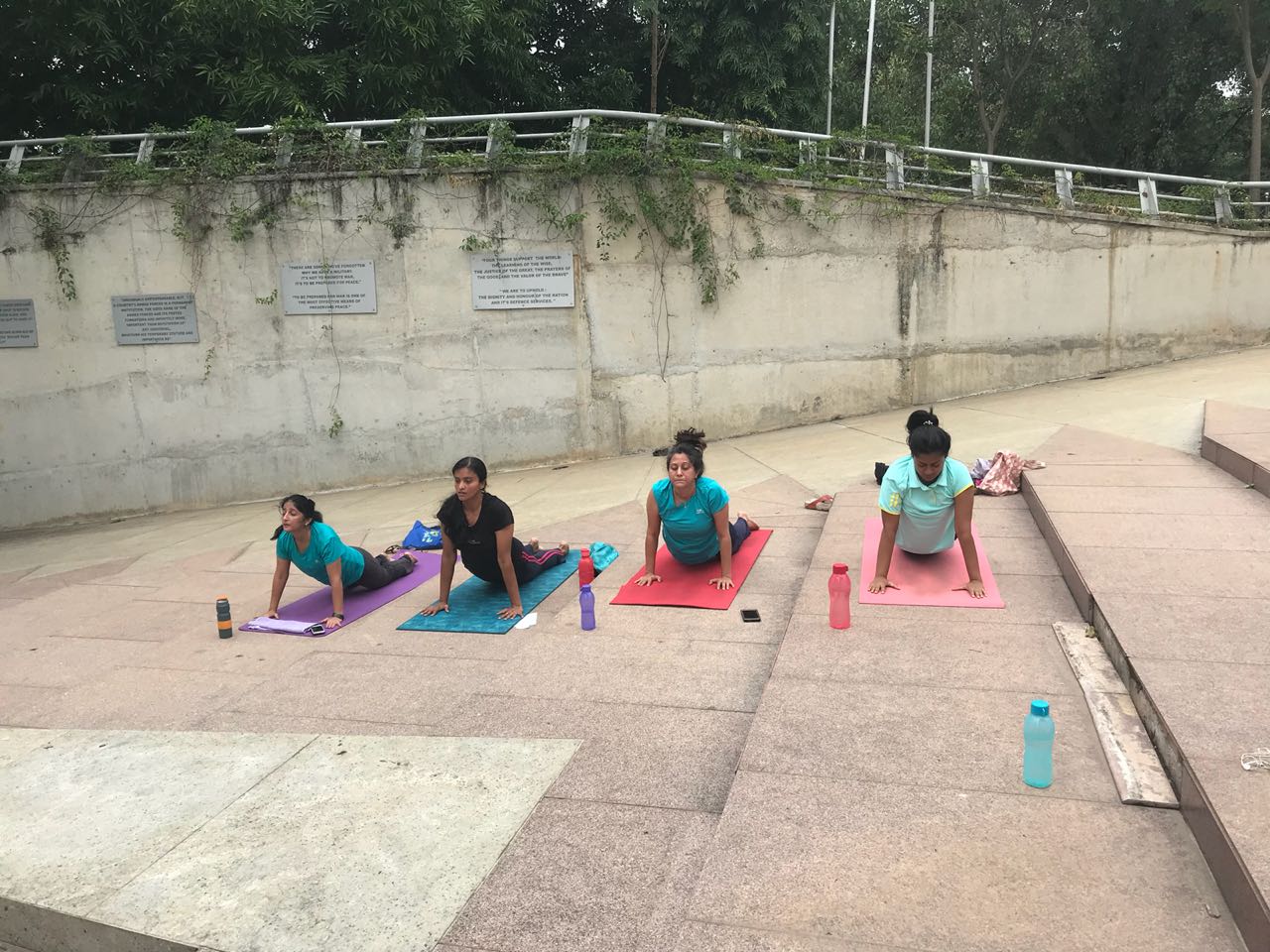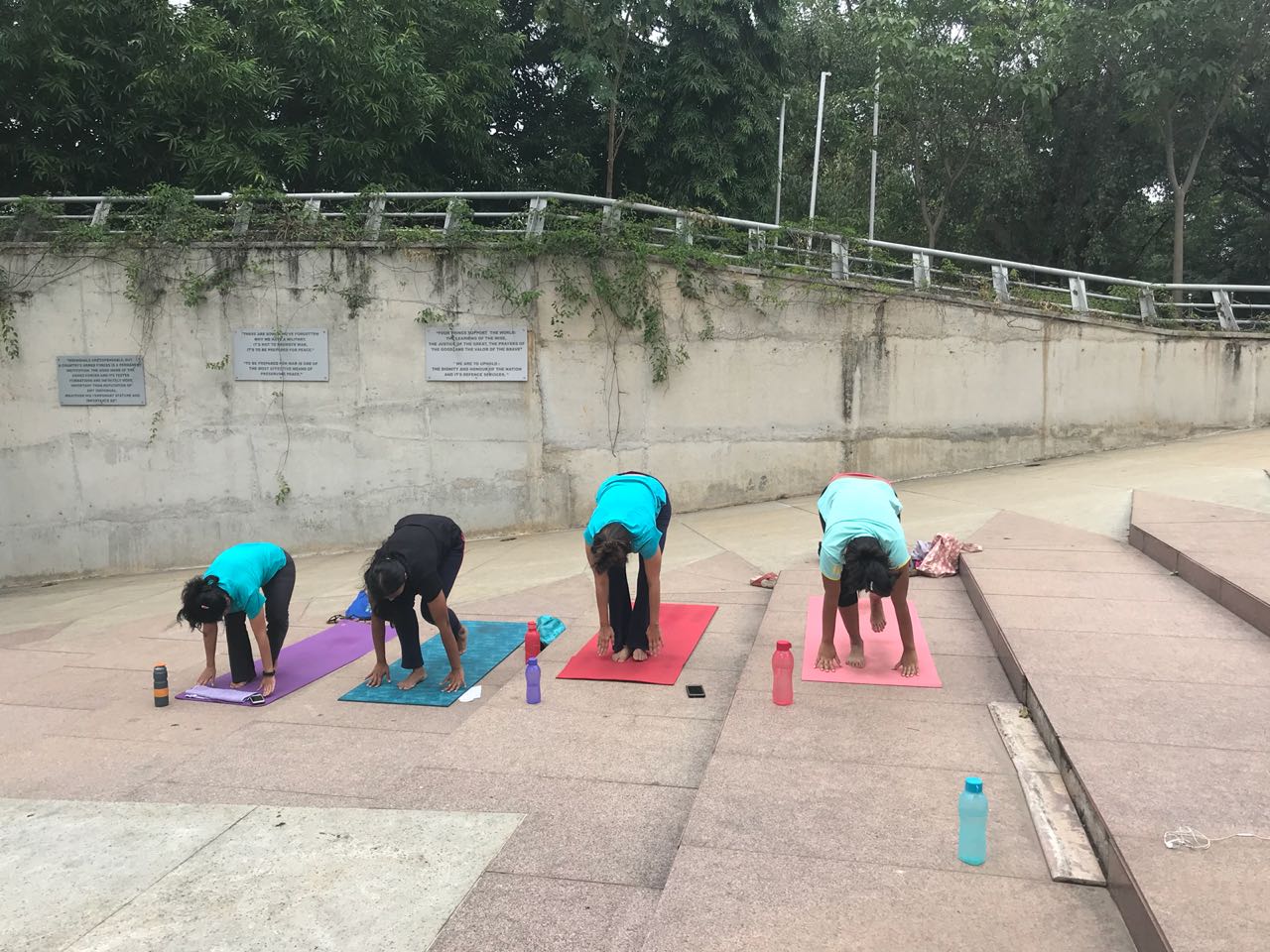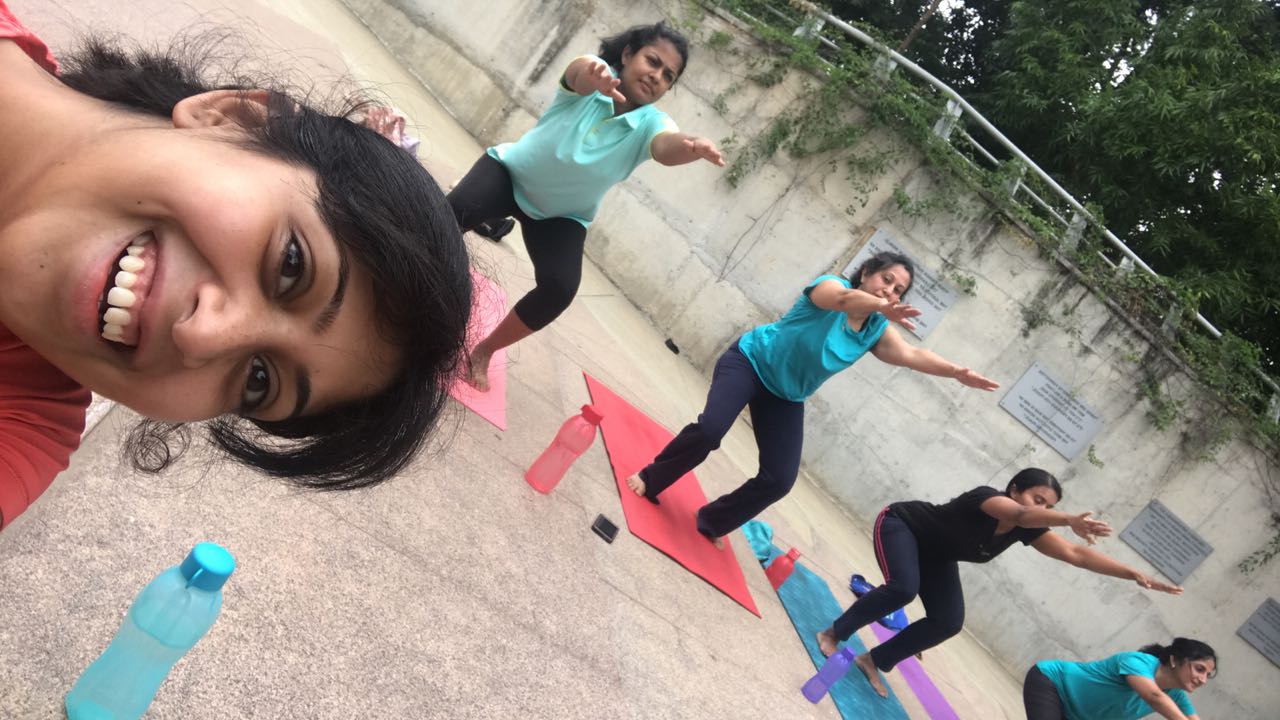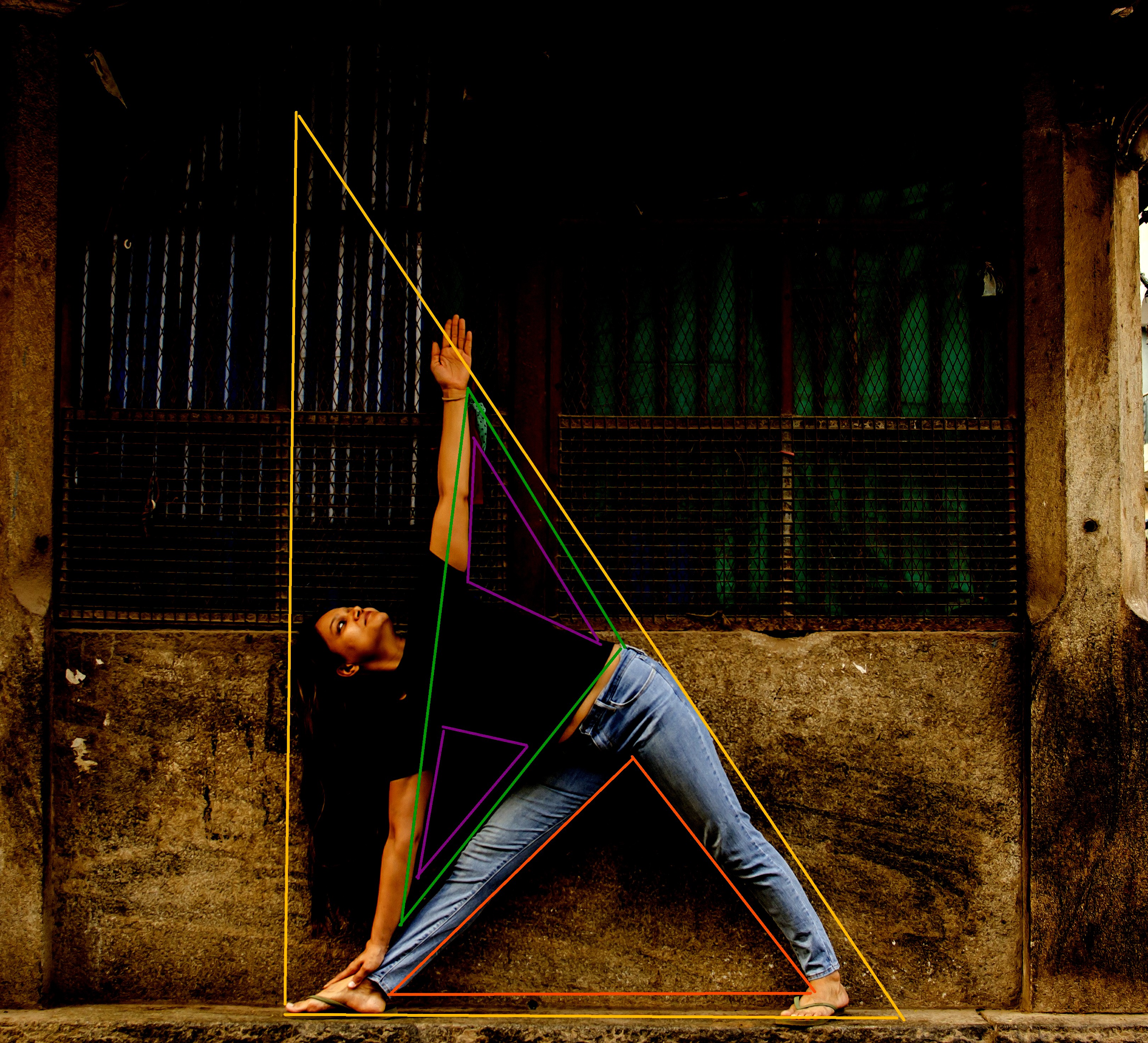I learned how to swim pretty late in life (early 30s) thanks to a Mrs. Vardhan who was generous with her patience and with her time. I wanted to learn because it’s a wonderful workout, and therapeutic at that. Little did I know that one day I’d be swimming with sharks in the expanse of the great Indian Ocean.
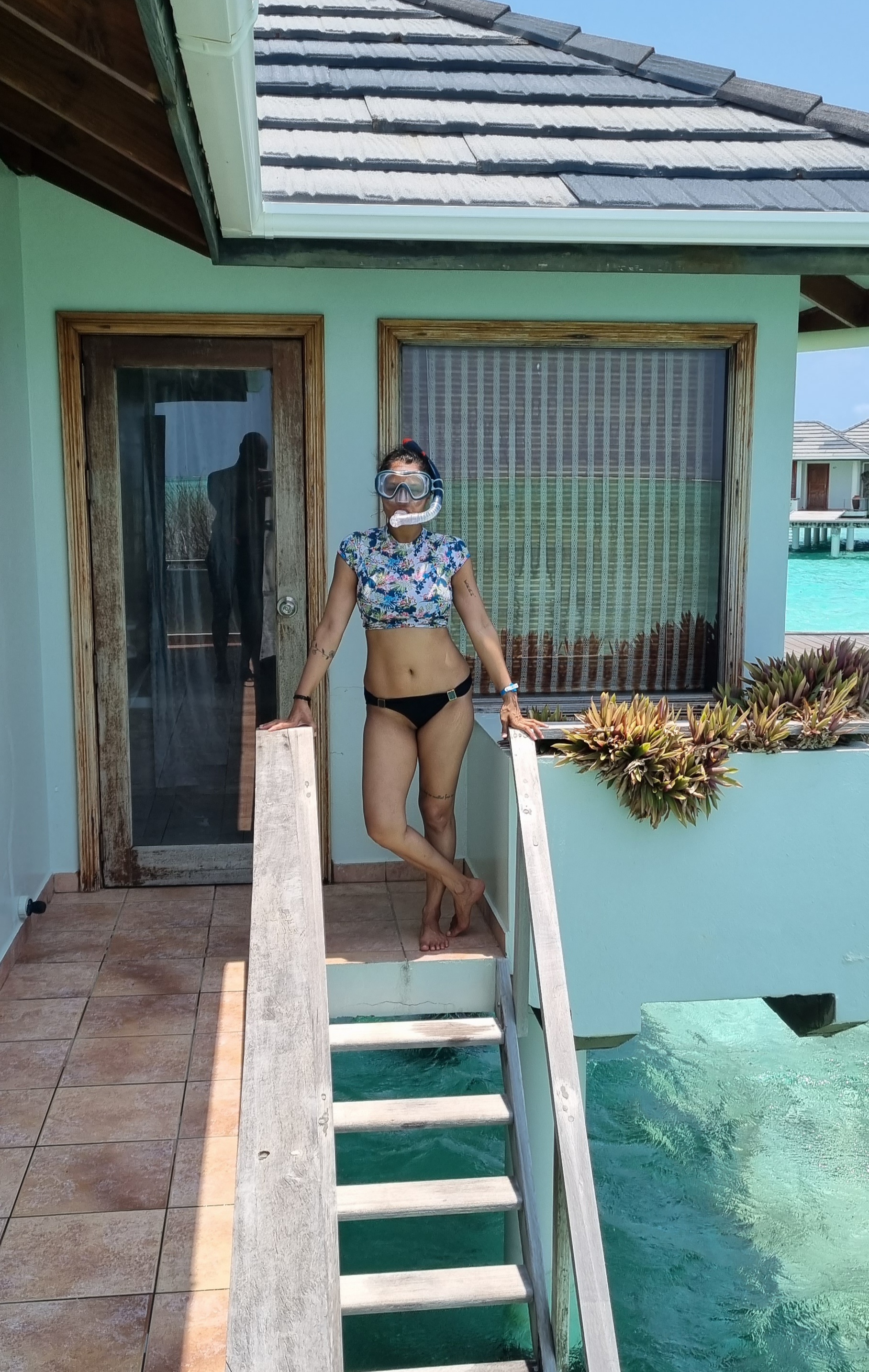
All set to snorkel near our water villa. Sea life differs from area to area and we looked forward to seeing the variety of fish surrounding the island.
My first experience of snorkelling was years ago during a school trip to the Andamans. My memories of that experience aren’t particularly fun, so I wasn’t overjoyed about snorkelling in the Maldives (at the Sun Island Resort). But Animesh was super excited, and so off we went. It wasn’t until I got into the choppy waters with the snorkelling gear jammed tightly over my face did I recognise that the discomfort I was feeling was actually a sense of fear. I was out of my territory – I’ve spent years training myself to breathe deeply through my nose. Breathing through the snorkel with my mouth felt strange, unnatural and very very uncomfortable.
BKS Iyengar famously said, “Your nose is for breathing and your mouth is for eating. If you breathe through your mouth I will put food in your nose.” Under the water, with tiny (and not so tiny) fish flitting all around me, I strained to inhale and exhale through my mouth. And then it dawned on me that a truly flexible human isn’t one who is able to breathe rhythmically when on a yoga mat with the intention of doing so. True flexibility is being able to breathe in whatever way the situation demands. So, as I struggled to get comfortable in the depths of the Indian Ocean, I forced myself to calm down. I started to engage my lungs to breathe deeply and rhythmically through my mouth.
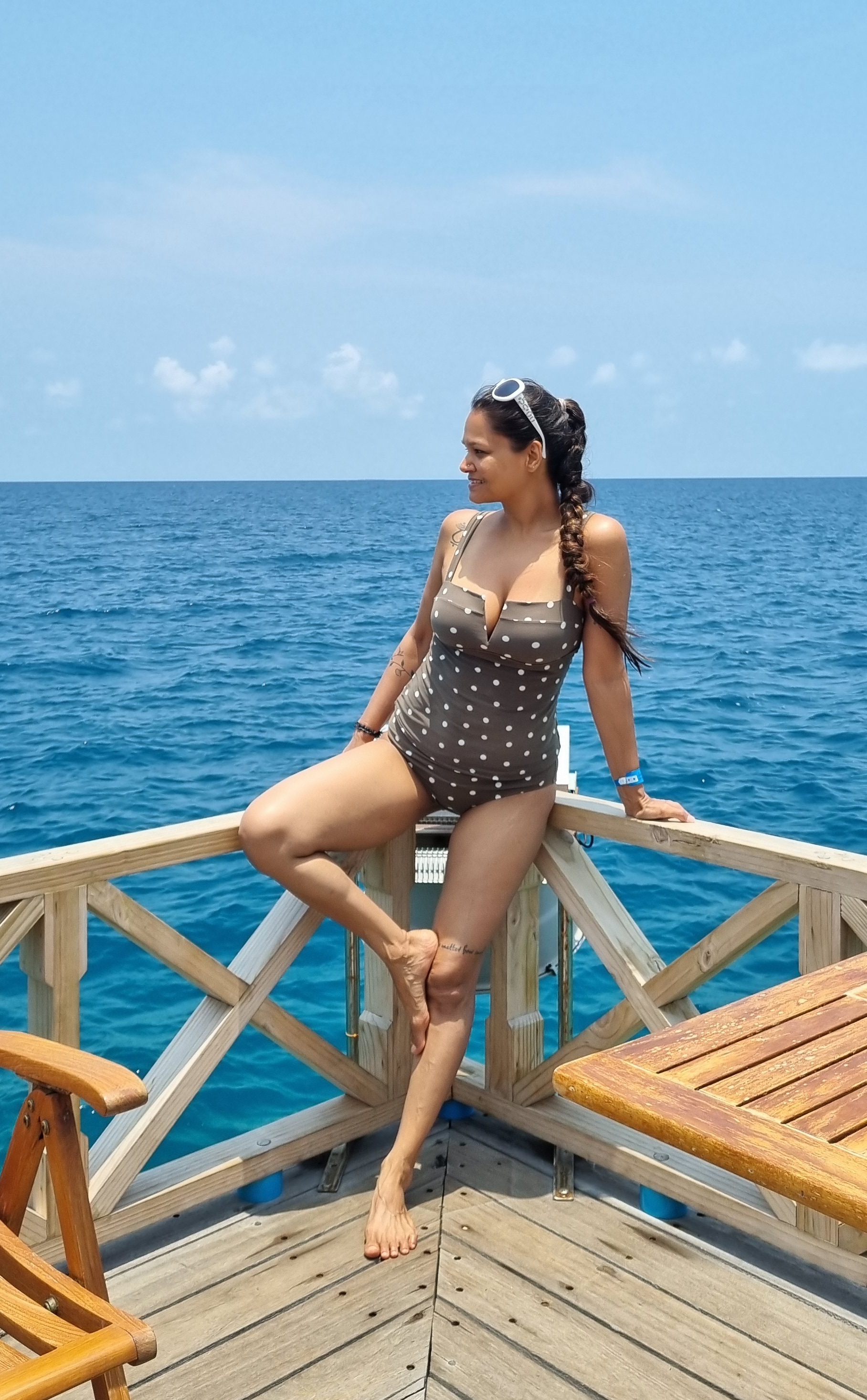
A lazy tree pose on deck. Happy to see the sharks and other fish up close.
Recently I lectured my students about the importance of cultivating a self-practice. When there is no self-practice, yoga is merely an activity confined to our mats and we remain limited to and by our physical boundaries. Our physical boundaries are a fraction of what we are as humans. The expanse of the human mind is more vast than the Indian Ocean, and just as interesting. When we practice by ourselves, devoid of the expectation of cues and the ‘experience’, we can begin (and hope) to tap into this space. In this space lies the ability to breathe better when needed, to calm down and detach, to relate to others more intelligently, to listen to the wisdom our inner voice and to marvel at the plethora of life in the universe,
Once I worked this out in my mind, swimming in the ocean seemed like an extension of my practice. I observed more, moved my arms and legs in different ways, swam in place or in circles, didn’t panic at the sight of sharks or a little water in my face mask, and most importantly, was able to explore more of the deep blue sea…
